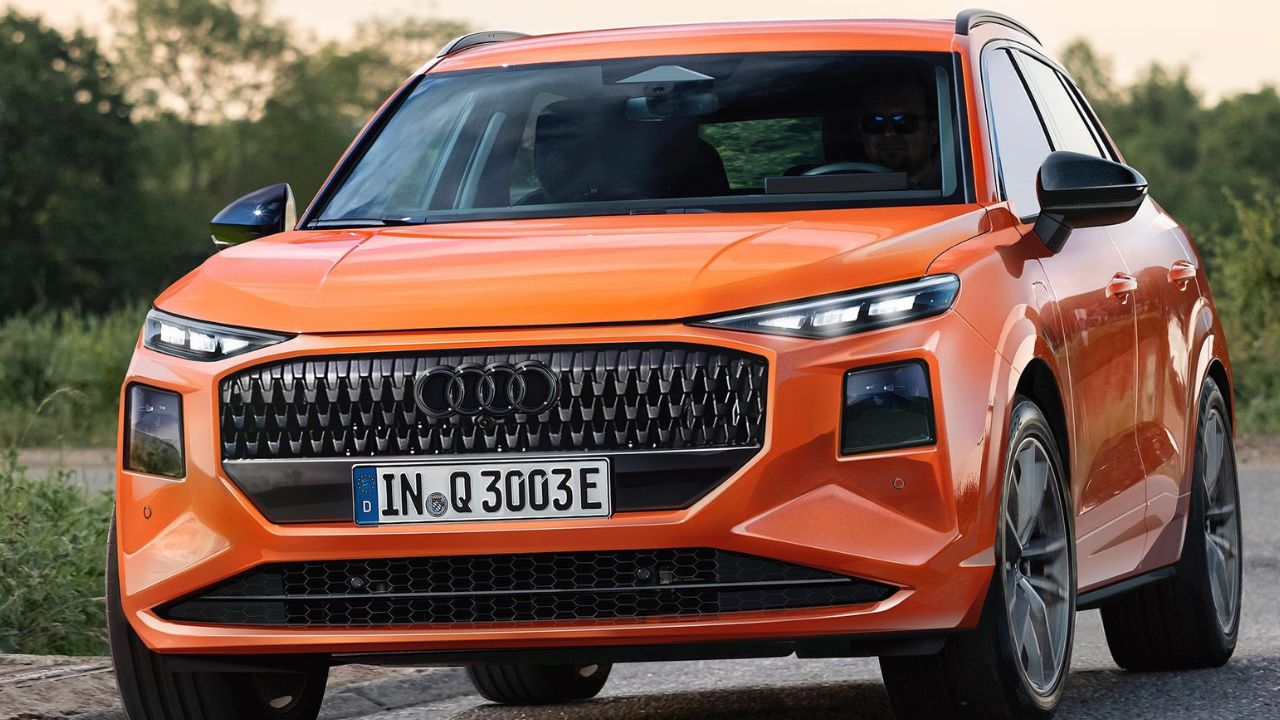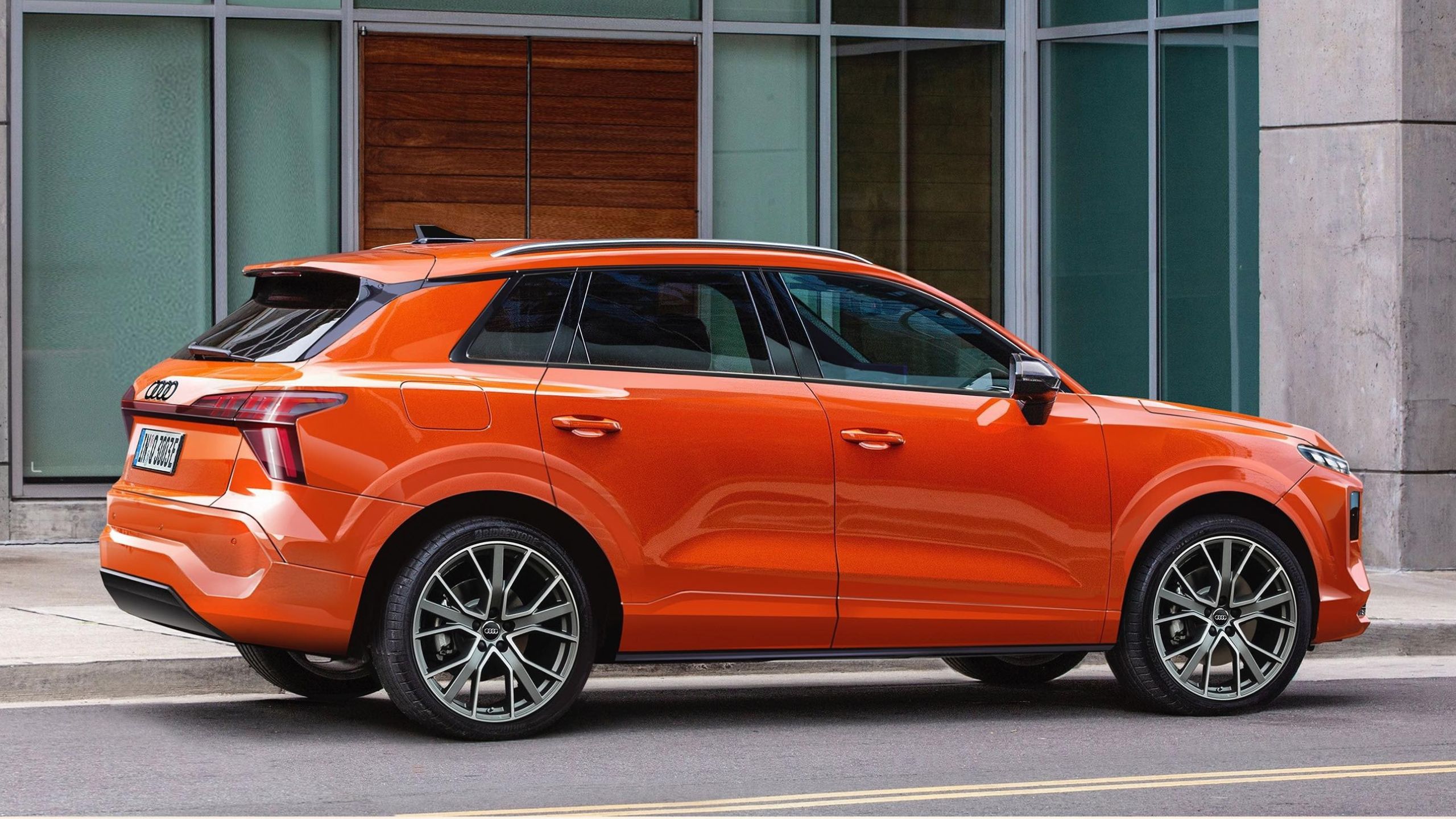Audi is gearing up for another restructuring of its naming convention, this time dividing between odd numbers for internal combustion engine (ICE) models and even numbers for their battery-electric vehicles (BEVs).
Several new releases from Audi are on the horizon, including electric Avant models and a formidable Q9 poised to lead the crossover SUV segment, rivaling the BMW X7 and Mercedes-Benz GLS. Interestingly, the Q9’s design appears to take cues from the split-headlight X7 rather than adhering to tradition like the recently facelifted Q7.

This signifies a potential shift for Audi, as they explore new design directions akin to BMW’s unconventional styling. Rumors suggest Audi may implement cost-saving measures and introduce the third-generation Q3, based on the upcoming Cupra Terramar.
Recent sightings of both vehicles undergoing winter testing near the Arctic Circle indicate Audi’s intent to launch the new Q3 in the United States as a 2025 or 2026 model, competing against the BMW X1 and MINI Countryman in the premium subcompact crossover segment.
Digital renditions, such as those by Larson Design (lars_o_saeltzer on social media), depict a striking vision of the upcoming split-headlight Audi Q3.
While its overall profile remains largely unchanged from the current iteration, significant alterations are apparent, including a split-headlight design, a geometric-patterned radiator grille, and winged LED taillights.
Competing with the Mercedes-Benz GLA and BMW X1, this speculative Audi Q3 boasts a sleeker appearance attributed to its association with the Cupra Terramar and novel styling. Audi seems poised to address criticisms of the Q3’s interior, aiming for a substantial overhaul.
Utilizing the MQB Evo platform, the next Audi Q3 shares its underpinnings with the Volkswagen Tiguan, indicating potential growth in size and a range of powertrain options including gasoline, diesel, mild hybrid, and plug-in hybrid configurations.
Of particular interest is the anticipated 1.5 TSI Evo2 plug-in hybrid variant, boasting 268 horsepower and a sizable 19.7 kWh battery pack for an estimated electric range of up to 100 km (62 miles).

